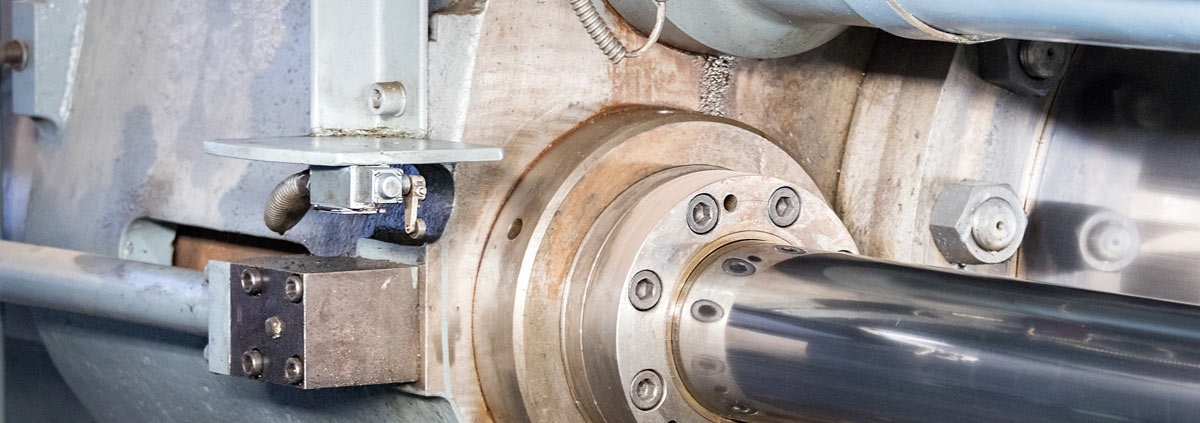9 Essential Maintenance Tips to Maximize the Life of Your Hydraulic Extrusion Press
Hydraulic extrusion presses are the backbone of many aluminum extrusion plants, requiring regular care to keep them running efficiently and extend their service life. Without a well-planned maintenance routine, press downtime can quickly escalate, leading to costly repairs and lost productivity.
Here are nine key maintenance practices that will help keep your hydraulic extrusion press in optimal condition and minimize the risk of unexpected failures.
1. Perform Daily Walk-Around Inspections
Just as pilots inspect their planes before every flight, daily inspections of your press are essential for spotting minor issues before they become major problems. During these walk-arounds, check for oil leaks, monitor hydraulic system temperatures, and ensure smooth movement of key components like the main ram, container and crosshead. Keeping an eye on alignment, lubrication and small leaks is critical for extending the life of your press.
2. Maintain Proper Press Alignment
Misalignment in a hydraulic extrusion press can lead to uneven wear, excessive stress on components and premature failure. Ensuring that the press remains properly aligned, especially the main ram, container and stem, will prevent unnecessary strain on the machine. Regularly checking the alignment and correcting it when needed can save you from costly repairs down the line.
3. Regular Lubrication of Moving Parts
Friction is a major enemy of hydraulic extrusion presses. Keeping all moving parts properly lubricated is key to preventing wear and tear. The press’s sliding surfaces, including the container, crosshead and die carrier guides, should be greased daily to ensure smooth operation. Use the manufacturer-recommended lubricants and avoid contamination from dirt or foreign materials.
4. Schedule Predictive Maintenance
Predictive maintenance leverages modern technology to identify potential issues before they cause breakdowns. Techniques such as hydraulic oil analysis, vibration monitoring and infrared thermography of electrical components can provide early warnings of wear or damage. Implementing predictive maintenance allows for timely repairs, reducing unplanned downtime and improving overall press reliability.
5. Tighten Loose Components
Loose nuts, bolts and fittings can significantly affect press performance. Regularly check and tighten components like tie rods, guide shoes and cylinder fittings. Even minor loosening can result in misalignment or cause parts to wear out more quickly. Proper torque settings should always be adhered to as recommended by the press manufacturer.
6. Replace Worn Seals and Packing
Hydraulic seals and packing are vital for maintaining pressure in the system and preventing fluid leaks. Regular inspections for oil leaks or wear on cylinder rods, main ram seals and container sealing systems are crucial. Replacing seals at the first sign of deterioration will prevent hydraulic pressure loss and ensure smooth operation.
7. Clean Critical Surfaces
Dirt and debris can wreak havoc on sensitive components of your extrusion press. Surfaces like guideways, shoes and cylinder rods should be kept clean to avoid damage from foreign matter. Regular cleaning routines, combined with the use of wipers on guideways and shoes, will help keep these surfaces in good condition, reducing the risk of scratches and misalignment.
8. Monitor Hydraulic Fluid Condition
Hydraulic fluid is the lifeblood of your press, and its condition directly affects the machine’s performance. Regularly check hydraulic oil levels, temperature and viscosity. Overheating or contamination of the fluid can cause significant damage to pumps, valves and cylinders. Implementing routine fluid analysis and ensuring proper cooling system performance are crucial steps in maintaining hydraulic health.
9. Document and Schedule Maintenance Tasks
A well-organized maintenance schedule is key to ensuring that all necessary tasks are performed consistently. Maintenance logs should record daily checks, repairs and parts replacements. This history helps in adjusting maintenance frequency based on actual wear rates and provides insights for more accurate predictive maintenance planning. Ensure your team has access to detailed checklists and that all tasks are completed on schedule.
By following these nine best practices, you can significantly extend the lifespan of your hydraulic extrusion press and avoid costly downtime. Remember, maintaining a proactive and predictive maintenance strategy is one of the best investments you can make in ensuring your press runs efficiently for years to come.
If you have any questions, concerns or suggestions for future content, feel free to contact us directly at info@dunawayinc.com. We’re here to help!


